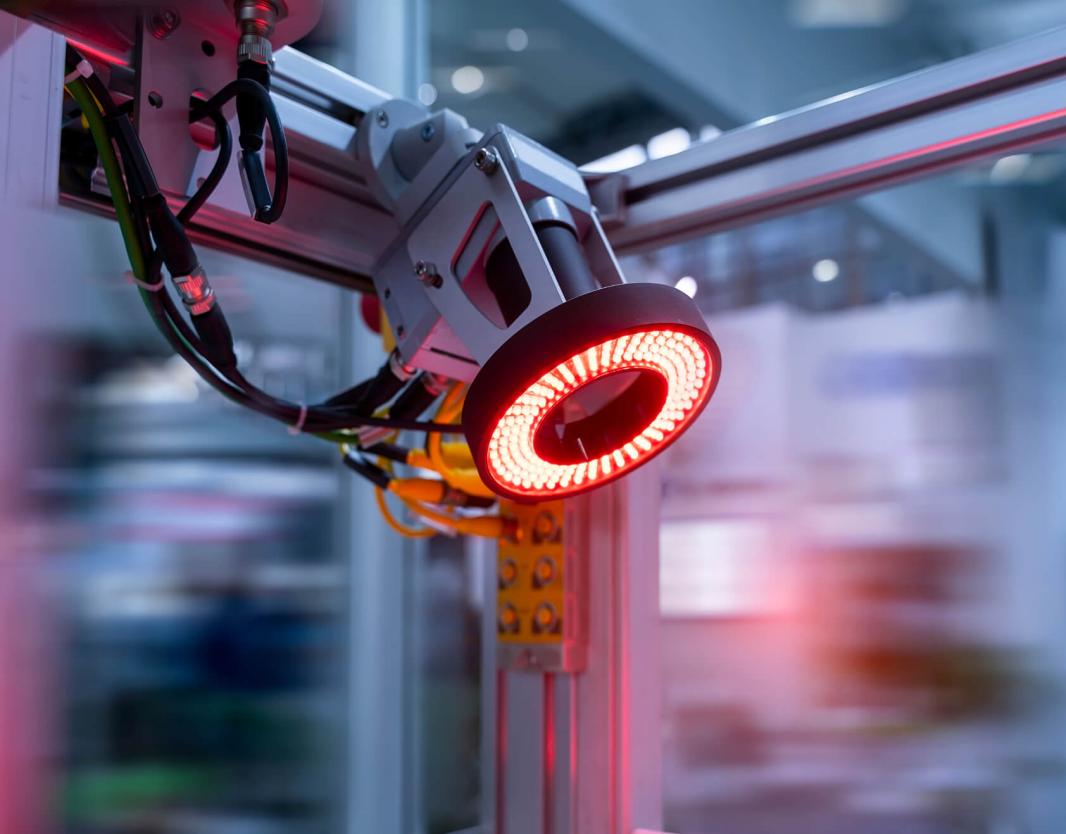How Can Computer Vision AI Improve the Safety and Security of Public Spaces?
In recent years, computer vision AI has emerged as a powerful tool for enhancing public safety and security. By leveraging advanced algorithms and machine learning techniques, computer vision AI systems can analyze visual data in real-time, enabling the detection of suspicious activities, traffic violations, and potential threats.

Benefits Of Computer Vision AI In Public Spaces
- Enhanced surveillance and monitoring: Computer vision AI systems can provide real-time monitoring of public areas, allowing authorities to quickly identify and respond to suspicious activities. These systems can automatically detect anomalies and potential threats, such as unattended packages, loitering individuals, or aggressive behavior.
- Improved traffic management: Computer vision AI can analyze traffic patterns in real-time, helping to optimize traffic flow and reduce congestion. These systems can detect traffic violations, such as speeding or running red lights, and can also identify accidents and other incidents, enabling a faster response from emergency services.
- Public safety: Computer vision AI can play a crucial role in public safety by detecting fires, accidents, and other emergencies in real-time. These systems can also monitor public gatherings for crowd control, ensuring the safety of attendees.
- Security: Computer vision AI can enhance security by enabling facial recognition for access control and identification. These systems can also detect suspicious items and weapons, helping to prevent potential attacks or incidents.
Challenges In Implementing Computer Vision AI In Public Spaces
- Privacy concerns: The use of computer vision AI in public spaces raises concerns about privacy. It is essential to strike a balance between the need for security and the right to privacy. Ethical guidelines must be developed to ensure that computer vision AI systems are used responsibly and do not infringe on individual privacy.
- Data quality and accuracy: The accuracy and reliability of data collected by computer vision systems are crucial for effective public safety and security. It is important to address issues of bias and discrimination in data analysis to ensure that computer vision AI systems are fair and unbiased.
- Technical limitations: Computer vision AI systems have certain technical limitations, such as limited field of view and range of cameras. Additionally, handling large volumes of data and real-time processing can be challenging, requiring powerful computing resources.
Future Of Computer Vision AI In Public Spaces
- Integration with other technologies: Computer vision AI can be integrated with other technologies, such as IoT devices and 5G networks, to enhance monitoring and data transmission capabilities.
- Advanced algorithms and machine learning: Ongoing research and development are leading to the development of more sophisticated algorithms for object detection and recognition. Machine learning techniques can be utilized for predictive analytics and anomaly detection, further improving the effectiveness of computer vision AI systems.
- Increased adoption and acceptance: As awareness of the benefits of computer vision AI in public spaces grows, governments and organizations are likely to adopt and implement these technologies more widely.
Computer vision AI has the potential to transform public safety and security by enabling real-time monitoring, enhanced surveillance, and improved traffic management. However, it is crucial to address privacy concerns, ensure data quality and accuracy, and overcome technical limitations. With responsible and ethical use, computer vision AI can play a vital role in creating safer and more secure public spaces.
YesNo

Leave a Reply